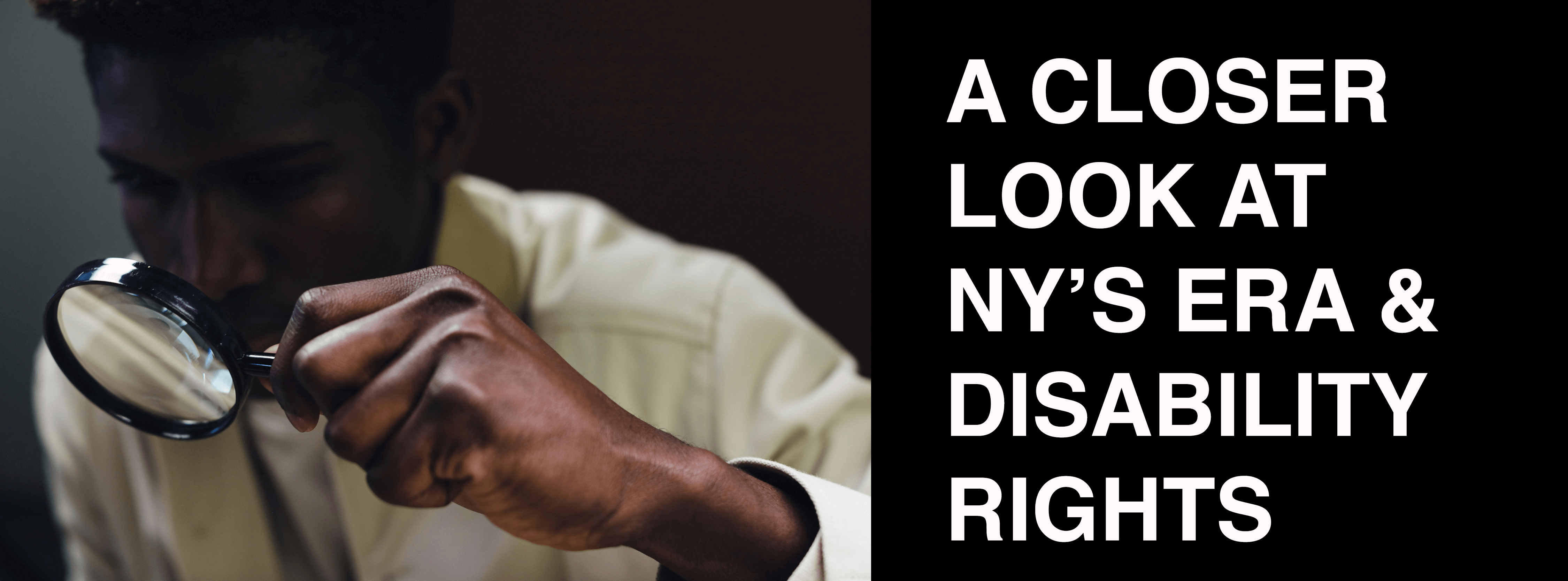

Daniel N. Clay,
J.D., LL.M., J.S.D.
dnclay@su.suffolk.edu
New York’s Equal Rights Amendment and Its Implications for Disability Rights
The Equal Rights Amendment (ERA), which took effect on January 1, 2025, amends the New York State Constitution to explicitly prohibit discrimination based on ethnicity, national origin, age, disability, and sex—including pregnancy and pregnancy outcomes. For disability advocates, the inclusion of disability represents a meaningful advancement, embedding protections within the state’s highest legal framework. However, the amendment has also drawn criticism for its potentially broad and ambiguous implications.
The ERA’s impact on disability law may unfold in several significant ways. It could influence how state and local governments design and evaluate policies affecting people with disabilities, fostering a more proactive approach to accessibility and inclusion. Additionally, the amendment’s broad language could support legal challenges to policies that result in disparate impacts on individuals with disabilities—even when discriminatory intent is absent. This goes beyond the requirements of current federal law.
Supporters argue that by enshrining disability protections in the state constitution, the ERA elevates these rights to a fundamental level, comparable to protections against discrimination based on race or religion. Unlike federal statutes like the Americans with Disabilities Act (ADA), which can be amended or narrowly interpreted by courts, constitutional protections are more durable. Advocates believe the ERA may lead to stricter judicial scrutiny of disability-based classifications, potentially strengthening the legal footing of future claims in employment, education, housing, and public services.
Critics, however, raise concerns about the amendment’s vague scope. Some fear that heightened scrutiny could create unintended burdens on state agencies and public institutions, complicating routine policymaking. Others argue that existing federal and state disability laws already offer robust protections, and that this constitutional change may be more symbolic than practical. There is also concern that the ERA could prompt a surge in litigation, generating uncertainty about how new standards should be applied.
Ultimately, the ERA’s long-term effect on New York’s disability rights landscape will depend on how courts interpret its provisions and how institutions adapt in response. The amendment invites both opportunity and caution as the state navigates evolving legal and cultural expectations surrounding equity and inclusion.
